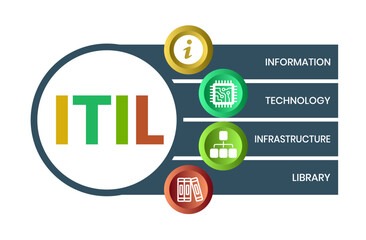Knowledge Hub
Expert insights, best practices, and valuable resources to enhance ServiceNow product suite implementation journey.
Common mistakes in ITIL adoption


Implementing ITIL can be challenging, and frequent mistakes often lead to inefficiencies and low adoption rates. One significant mistake is excessive customization, which complicates ITIL processes and makes harder to manage. Below are some of the key mistakes are made during ITIL implementation, ultimately hindering its success.
Not having measurable KPIs or metrics: It is very difficult to track the effectiveness of ITIL processes or demonstrate ROI without measurable objectives.
Not having executive buy-in: ITIL initiatives may struggle with funding, adoption, and long-term sustainability and funding. Therefore, securing executive buy-in is crucial for the success of initiative.
Failing to engage end-users: Considering end-users' feedback and needs during the implementation phase is essential. Overlooking this aspect can be a significant factor in the failure of ITIL implementations.
Over completing the processes: One trying to implement the processes that are too complex, making them difficult to follow and manage.
Over engineering or over customization: Try to use out of the box solution and avoid modifying ITIL processes or tools beyond what is necessary. Try to align ITIL with business requirements, excessive modifications can make processes unnecessarily complex, costly and difficult to maintain.
Trying to force fit ITIL to existing processes: Avoid modify ITIL extensively to match legacy workflows, which can result in inefficiencies. Instead adapt business processes to ITIL best practices.
Customization for the sake of customization: Avoid over-engineer ITIL implementations based on hypothetical future needs rather than actual business requirements.
Prioritizing IT over business needs: ITIL should align with business objectives. If it's treated as just an IT initiative, it fails to deliver true value.
Neglecting continuous Improvement: ITIL is not a one-time implementation to be set and forgotten. It requires ongoing evaluation and enhancement to identify opportunities for optimization and efficiency improvements.
Inadequate training: Without proper training, employees may struggle to adopt ITIL processes effectively, leading to resistance and inefficiencies.
info@praanshinfosys.com
© 2025. All rights reserved.
Solutions
ServiceNow IT Service Management
ServiceNow IT Operations Management
ServiceNow IT Asset Management
ServiceNow Strategic Portfolio Management
ServiceNow IT Governance, Risk and Compliance
ServiceNow HR Service Delivery
ServiceNow Workspace Service Delivery
ServiceNow Customer Service Management


